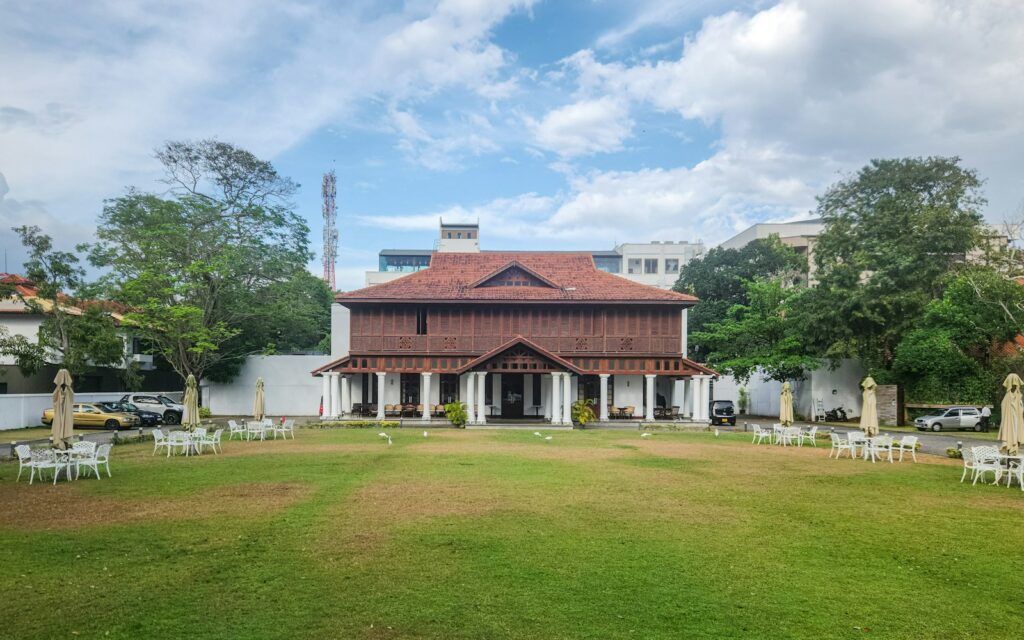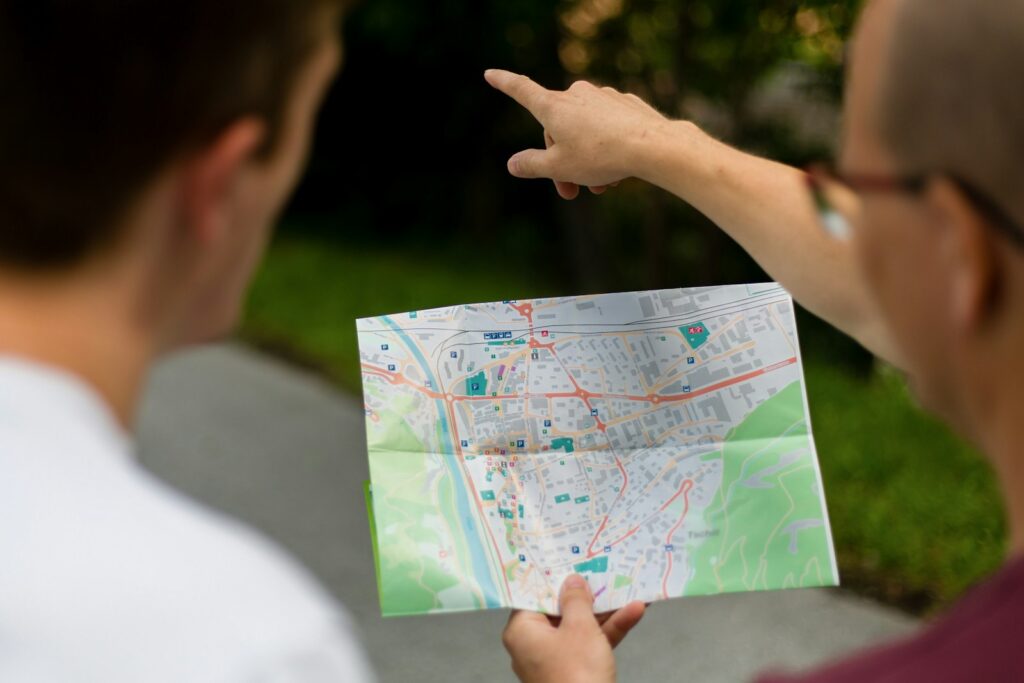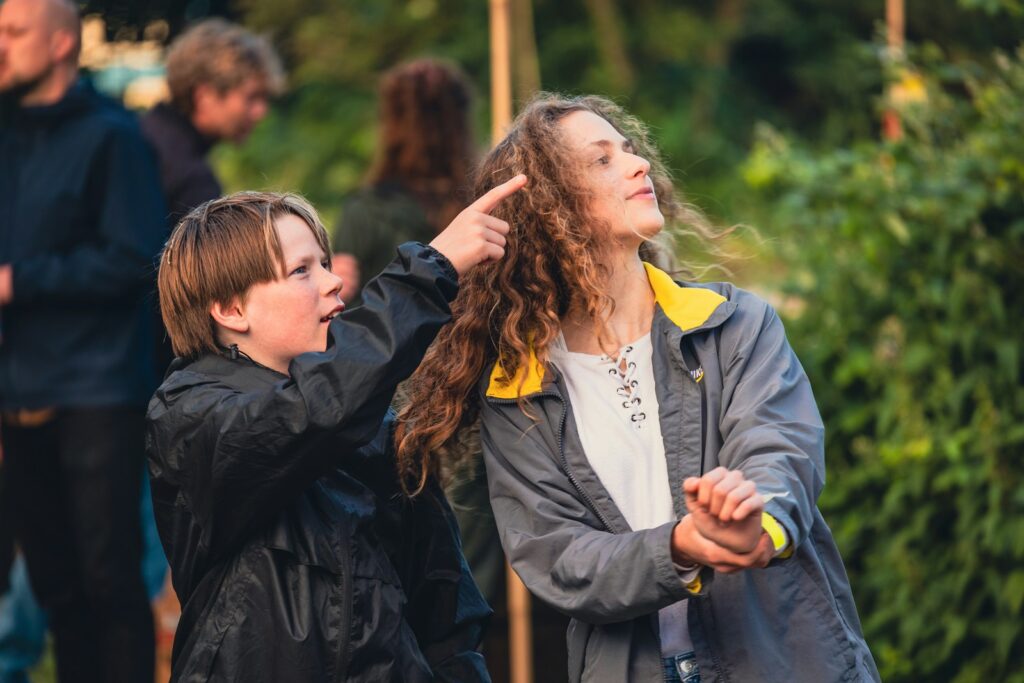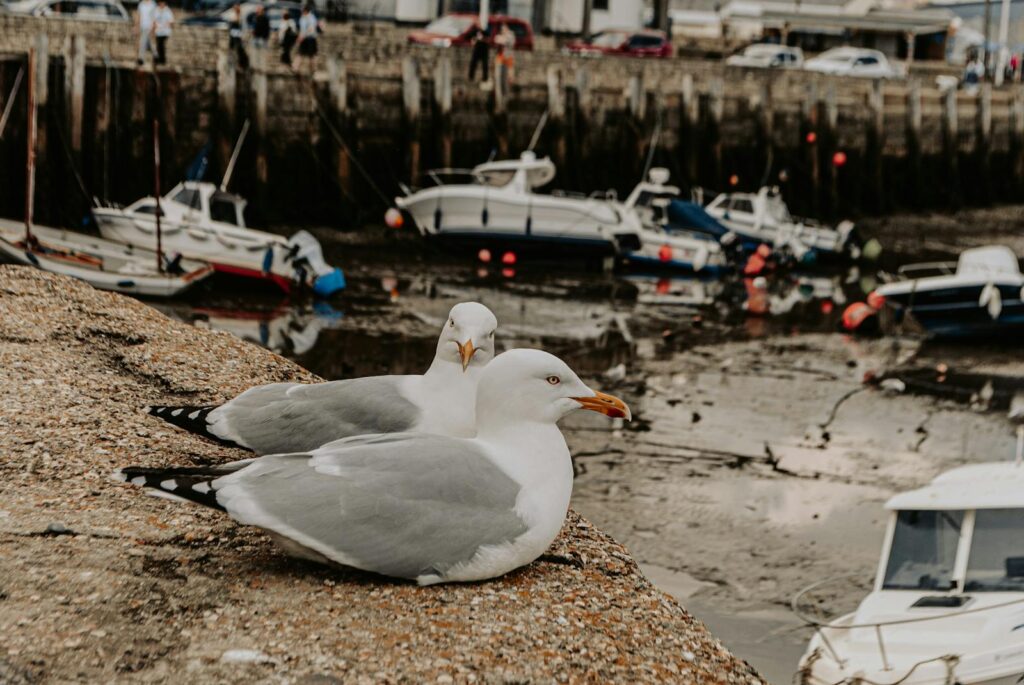For bird enthusiasts, there’s nothing quite like sharing your passion with others who understand the thrill of spotting a rare species or the joy of observing avian behaviors. Bird clubs offer a community where your excitement over a warbler’s migration pattern or a hawk’s hunting technique isn’t met with polite nods but genuine interest. Whether you’re a seasoned birder or someone who simply enjoys watching feathered visitors at your backyard feeder, joining a local bird club can enrich your experience in countless ways. This article explores how to find and join these communities and why becoming a member can transform your birding journey.
What Is a Bird Club?

Bird clubs are community organizations dedicated to the appreciation, observation, and conservation of birds in local areas and beyond. These groups bring together people from diverse backgrounds who share a common interest in avian species, their habitats, and their behaviors. Most clubs operate as non-profit organizations run by volunteers who coordinate meetings, field trips, conservation projects, and educational programs throughout the year. Unlike casual social groups, bird clubs often maintain formal structures with elected officers, regular meeting schedules, and established missions that may include conservation advocacy, citizen science participation, and public education initiatives. The scope and size of these clubs vary widely, from small grassroots groups meeting in community centers to large chapters of national organizations with hundreds of members.
Finding Local Bird Clubs

Locating a bird club in your area is typically straightforward with several reliable methods available. Start by searching online with terms like “[your city/region] bird club” or “[your area] Audubon chapter,” as most established groups maintain websites or social media presences. National organizations such as the Audubon Society, American Birding Association, or Cornell Lab of Ornithology often maintain directories of local affiliated groups on their websites. Local nature centers, wildlife refuges, and state parks frequently host or have connections to bird clubs and can provide information about meetings and activities. Don’t overlook community bulletin boards at libraries, outdoor equipment stores, or coffee shops where clubs might advertise upcoming events. If you’re struggling to find information online, reaching out to your local cooperative extension office or contacting nearby university biology departments can yield valuable connections to active birding communities.
Researching Before You Join

Before committing to membership, it’s worthwhile to research several aspects of potential bird clubs to ensure they align with your interests and expectations. Visit the club’s website or social media pages to learn about their history, mission statement, and the types of activities they regularly organize, noting whether they focus on casual birding, scientific monitoring, conservation, or a combination of approaches. Review their event calendar to determine if meeting times and locations are convenient for your schedule, and assess whether the frequency of activities matches your availability. Many clubs welcome guests to attend a meeting or field trip before joining, allowing you to experience the group dynamic firsthand. Consider reaching out to current members with specific questions about membership benefits, expectations for participation, and the group’s demographic makeup if you’re concerned about finding peers with similar experience levels or interests. This preliminary research can help you identify a community where you’ll feel comfortable and engaged.
Understanding Membership Requirements

Bird club membership requirements typically vary in formality and commitment level across different organizations. Most clubs charge annual dues ranging from $15 to $50, which support club activities, conservation projects, newsletters, and sometimes include affiliation with national organizations. Membership forms may request basic contact information, birding experience level, and areas of special interest to help tailor communications and match you with appropriate activities. Some clubs maintain open membership policies welcoming anyone who shares their interest in birds, while others might request that new members attend an orientation session or commit to volunteer hours for club projects. More specialized groups focusing on research or conservation might have prerequisite skills or knowledge, though these are less common among general birding clubs. Before joining, clarify any expectations regarding meeting attendance, participation in field trips, or volunteer commitments to ensure they align with your availability and interests.
Attending Your First Meeting

Your first bird club meeting can set the tone for your ongoing participation, making preparation worthwhile for a positive experience. Arrive a few minutes early to introduce yourself to the club officers or designated greeters, who can orient you to the meeting structure and introduce you to other members. Bring a notebook to jot down terminology, bird sightings discussed, or upcoming events that interest you, as the flow of information can be substantial for newcomers. Most clubs welcome participation from new members, but it’s perfectly acceptable to observe quietly during your first few gatherings as you become familiar with group dynamics and protocols. Consider preparing a brief introduction about your birding background and interests for when you’re invited to introduce yourself, focusing on what drew you to the club and what you hope to learn. First meetings often feature presentations by guest speakers, trip reports from recent outings, or planning sessions for upcoming activities, providing an immediate glimpse into the club’s focus areas and operational style.
Participating in Field Trips

Field trips represent the heart of many bird clubs’ activities, offering guided opportunities to observe birds in diverse habitats alongside experienced birders. Before attending your first outing, contact the trip leader to inquire about the expected duration, physical demands, and appropriate gear so you can prepare adequately. Essential equipment typically includes binoculars, a field guide (physical or digital), appropriate clothing for the weather, water, and snacks. Field trip etiquette involves following the leader’s guidance, keeping conversations quiet when actively birding, staying with the group unless otherwise instructed, and sharing observation opportunities with fellow participants. Experienced birders are generally eager to help newcomers locate and identify birds, so don’t hesitate to ask questions about field marks, behaviors, or calls that confuse you. These excursions provide invaluable learning experiences through the collective knowledge of the group and exposure to birding locations you might not discover independently.
Improving Your Birding Skills

Membership in a bird club accelerates skill development through structured learning opportunities and mentorship from experienced birders. Many clubs offer workshops specifically designed for skill building, covering topics like bird identification by sight and sound, understanding seasonal plumage variations, using spotting scopes effectively, or navigating birding apps and resources. Regular field trips provide practical application opportunities where you can refine your skills through guided observation and immediate feedback from knowledgeable companions. Some clubs implement formal or informal mentorship programs that pair beginners with experienced members for personalized learning experiences tailored to their specific interests and learning style. Additionally, club libraries often maintain collections of field guides, reference materials, and educational videos that members can borrow to supplement their learning between group activities. The combination of structured education, field experience, and personal connections creates an ideal environment for rapid improvement of your birding abilities.
Contributing to Citizen Science

Bird clubs frequently participate in citizen science projects that allow members to contribute meaningful data to ornithological research while enhancing their own birding experiences. Programs like the Christmas Bird Count, Great Backyard Bird Count, and eBird monitoring engage club members in systematic observation and documentation of bird populations, distribution, and behaviors. Participation often begins with training sessions where experienced members explain protocols, identification tips, and data recording methods specific to each project. These collaborative efforts not only generate valuable scientific information but also provide structured opportunities to bird with purpose alongside others with shared interests. For many members, the knowledge that their observations contribute to larger conservation and research efforts adds significant meaning to their birding activities. Through these projects, even beginners can make valuable contributions while learning from more experienced participants, creating an engaging pathway to deeper involvement in both the club and the broader scientific community.
Engaging in Conservation Efforts

Bird clubs frequently serve as organized channels for members to participate in practical conservation activities that directly benefit local bird populations. Common projects include habitat restoration workdays where members remove invasive plants, install native species, or create specific habitat features like brush piles or water sources that attract birds. Many clubs partner with land management agencies to monitor sensitive species on public lands, collecting data that informs conservation decisions while providing members with access to areas that might otherwise be restricted. Advocacy represents another important conservation role, with clubs organizing members to attend public meetings, submit comments on proposed developments, or communicate with elected officials about policies affecting birds and their habitats. Educational outreach programs, such as presenting to school groups or staffing information booths at community events, allow members to share their knowledge and passion while building public support for bird conservation. These activities create meaningful connections between members’ birding interests and tangible actions that protect the species they enjoy observing.
Building Social Connections

Beyond birding activities, bird clubs foster valuable social connections among people with shared interests, often creating friendships that extend beyond organized events. Regular meetings, field trips, and project work create natural opportunities to connect with others who share your enthusiasm, regardless of differences in age, background, or professional fields. Many clubs incorporate purely social elements into their calendars, such as holiday parties, photo sharing nights, or casual gatherings at local restaurants after meetings or field trips. These relaxed settings allow members to share birding stories, exchange travel recommendations, or discuss equipment without the pressure of actively identifying birds. For many members, particularly those who may have recently relocated or retired, the bird club becomes an important community that provides both intellectual stimulation and emotional support through shared experiences. These social bonds often lead to spontaneous birding outings between official club events as members develop their own friendship networks based on common interests or compatible birding styles.
Taking on Leadership Roles

As you become more involved in your bird club, opportunities to take on leadership responsibilities offer ways to deepen your engagement and shape the organization’s future. Most clubs operate through a combination of elected board positions (president, secretary, treasurer) and appointed committee roles that manage specific functions like field trips, conservation projects, or communications. Starting with limited commitments, such as leading a field trip to a familiar location or helping coordinate a single event, allows you to test leadership waters without overwhelming responsibility. Contributing articles to the club newsletter or managing social media content represents another accessible entry point into club leadership that utilizes specific skills. For those with organizational aptitude, serving on the board provides opportunities to influence club priorities and programs while developing valuable nonprofit management experience. These leadership roles not only benefit the club but also enhance your own birding experience through deeper investment in the community and broader connections with partners and resources in the birding world.
Expanding Your Birding Network

Bird club membership extends your birding connections well beyond your local group through affiliations with regional, national, and even international organizations. Many local clubs maintain formal or informal relationships with neighboring groups, creating opportunities for joint field trips or regional gatherings that introduce you to new locations and birding companions. Clubs affiliated with national organizations like Audubon provide members with connections to broader networks through conferences, specialized trips, or online forums where you can interact with birders across wide geographic areas. These expanded networks prove particularly valuable when traveling, as local contacts can provide insider information about prime birding locations, seasonal specialties, or access to restricted areas that guidebooks might not cover. Long-time club members often maintain extensive personal networks built through years of birding interactions and are typically generous in sharing these connections with newer members planning trips to areas where they have contacts. These relationships create a form of “birding social capital” that enhances your experiences wherever you might travel.
Overcoming Common Hesitations

Many potential members hesitate to join bird clubs due to concerns that can be easily addressed with accurate information. If you worry your identification skills aren’t advanced enough, understand that most clubs warmly welcome beginners and consider helping newcomers learn as part of their mission, with many members recalling their own early struggles with identification. Those concerned about expensive equipment should know that while good binoculars are helpful, many clubs maintain loaner equipment for field trips, and members often offer advice on finding quality gear at reasonable prices. Introverts who feel anxious about joining an established social group can ease in gradually by starting with structured activities like field trips, where the focus on birds provides natural conversation topics and reduces social pressure. If meeting times conflict with your schedule, inquire about alternative participation opportunities such as weekend-only events or conservation projects with flexible timing. Most perceived barriers have workable solutions, and club officers are typically happy to address specific concerns that might be preventing your participation.
Making the Most of Your Membership

To maximize the value of your bird club membership, approach your participation with strategic intentionality rather than passive attendance. Begin by clearly identifying your personal goals, whether they involve improving identification skills, exploring new locations, contributing to conservation, or simply enjoying social connections with fellow bird enthusiasts. Communicate these interests to club leaders and experienced members who can direct you toward relevant opportunities within the organization’s activities. Commit to regular participation in the types of events that align with your goals, recognizing that consistent involvement yields exponentially greater benefits than occasional attendance. Consider maintaining a birding journal specifically focused on your club experiences, recording not only birds observed but also techniques learned, connections made, and questions for future exploration. While benefiting from what the club offers, also look for ways to contribute your unique skills and perspective, whether through photography, writing, social media expertise, or knowledge from your professional background. This balanced approach of purposeful engagement and contribution creates a rewarding membership experience that evolves as your birding interests develop.
Conclusion

Joining a local bird club represents one of the most rewarding steps an aspiring or experienced birder can take. These communities offer structured pathways to improve your skills, meaningful opportunities to contribute to conservation, and connections with others who share your fascination with the avian world. The combination of educational resources, field experiences, and social interactions creates an environment where your interest in birds can flourish in ways that solitary birding rarely provides. Whether you’re seeking mentorship as a beginner, looking to apply your knowledge through citizen science, or simply wanting to share your enthusiasm with like-minded people, a bird club offers the perfect nest for your interests to take flight. Take that first step—attend a meeting, join a field trip as a guest, or reach out to a club officer—and discover how a community of birders can transform your appreciation of the winged wonders all around us.
